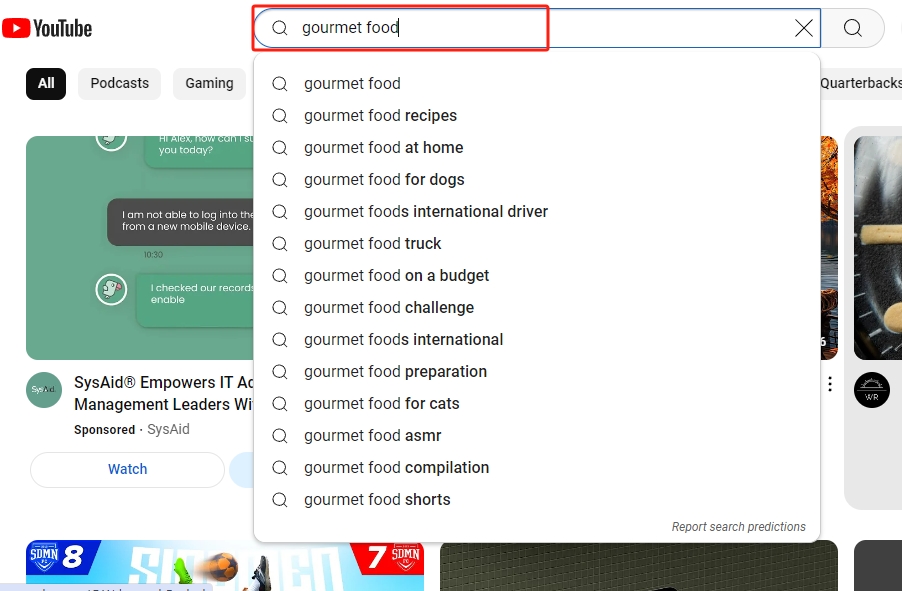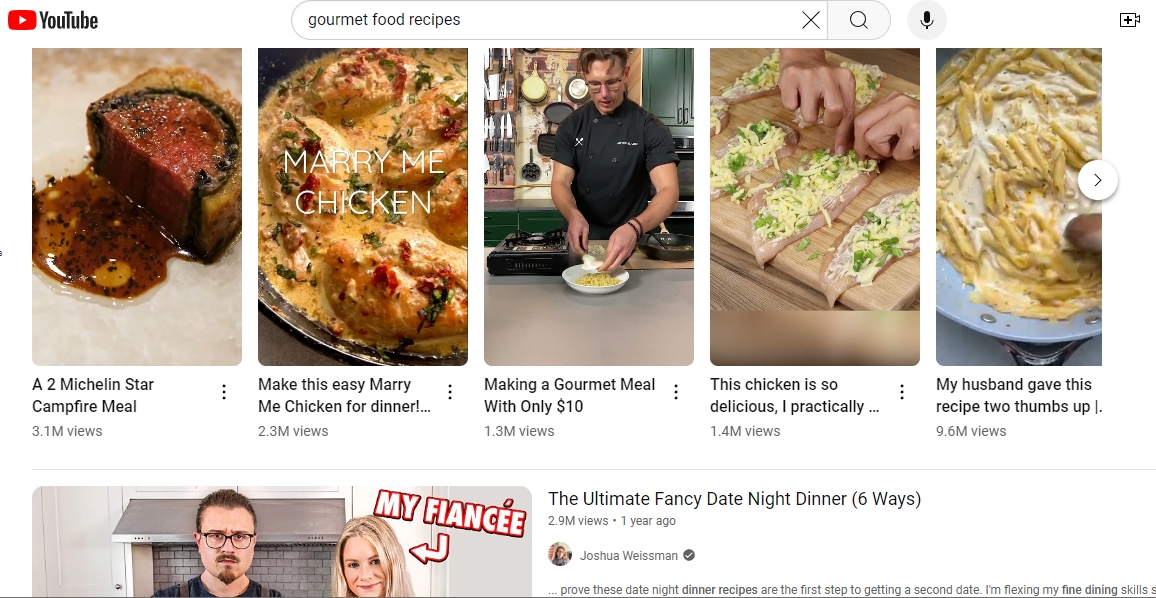How to find keywords for YouTube videos?

Last Updated: Feb. 28, 2025 | FEATURED IN: Youtube 103 >
Never overlook the use of the right keywords on YouTube; they are not only the key to increasing video exposure but also help you reach your target audience accurately. This issue’s content focuses on practical skills, teaching you how to find precise and suitable YouTube video keywords to help improve your rankings and views.

How to find keywords for YouTube videos?
1. Understand Your Audience: Who Are You Creating For?
Before starting keyword research, it’s essential to identify the target audience for your video. You need to understand the needs, questions, and interests of your viewers. Only by understanding their search habits can you find keywords that meet their needs.
Example: If you run a home fitness channel, your audience might be concerned with issues like “fat reduction” and “beginner fitness programs”. You can find many common questions from the audience in the comments of your videos.
2. Use YouTube Autocomplete Feature: Real-Time Popular Searches
The YouTube autocomplete feature can help you easily obtain real-time popular keywords. When you enter a topic word in the YouTube search bar, the platform will automatically pop up a series of related search suggestions. These suggestions are generated based on the search behavior of other users and have a certain reference value.
Practical Steps:
Open the YouTube search bar and enter a keyword related to your video topic.
Observe the suggestions that appear in the drop-down menu. All suggestions come from real user search behavior and can help you find the latest trending keywords.
Example: When you enter “cuisine,” suggestions like “cuisine tutorial,” “cuisine recommendations,” and “cuisine challenges” may appear. With these prompts, you can choose a keyword that best fits your content and incorporate it into your video.

YouTube search bar
3. Combine YouTube Analytics Data to Derive Keywords
If you have already published videos, you can use YouTube Analytics to get detailed data on viewer traffic and see which keywords are leading viewers to your videos. Understand which keywords are not performing well and make optimization adjustments.
Practical Steps:
Go to YouTube Studio and check the “Traffic sources” report. Look for the “Search” category to see which keywords are leading viewers to your videos. Based on existing traffic data, optimize the keyword choices for future videos and select words that continue to bring traffic.

click on the “Analytics”
Important Tip: Don’t ignore well-performing keywords; continue to use them in the creation of new videos to further strengthen your ranking advantage.
4. Analyze Competitors’ Keywords
Take a look at the keywords used in the videos of your peers and competitors; these keywords have been proven to be effective. However, you cannot simply copy them but need to optimize them.
Find Successful Videos of the Same Type:
Determine who your competitors are. You can search for keywords related to your video topic and find videos with high views, likes, and active comments. Analyze the keywords in the titles, descriptions, and tags of your competitors’ videos, and combine them with your own video content for innovation.
Key Tip: Don’t just imitate; optimize according to the characteristics of your own audience and create your own long-tail keyword combinations.

Find Successful Videos of the Same Type
5. Combine Social Media and Forum Feedback for Inspiration
Social media, forums, and community platforms (such as Reddit, Facebook groups, etc.) are key areas for keyword inspiration. By analyzing the questions, discussions, and topics of interest of the audience, you can mine new keywords.
Practical Example: If you are making travel videos, you can check discussions related to “travel adventure” on Reddit or Facebook to find out the most concerning issues for the audience, such as destinations and travel budgets, and then extract keywords.
6. Regularly Update and Track Keyword Performance
Keyword optimization is not a one-time operation but requires regular monitoring and updating. User search behavior changes over time and with societal factors, so it’s crucial to regularly analyze keyword performance and keep your video content synchronized with the latest trends.
Practical Tips:
Find out which keywords bring the most traffic and which ones are not performing well. Adjust or replace keywords with declining search volumes to maintain the relevance and competitiveness of your content.
Reminder: Since SEO is a continuous optimization process, you need to track data over the long term and make timely adjustments to ensure your videos remain competitive.
Conclusion
After reading the above knowledge points, you will find that finding the right keywords on YouTube is not as simple as just selecting a few popular words; it is a long-term, in-depth research process that requires understanding the needs of the audience, using tools for analysis, and continuous optimization. In this process, maintain keen observation and innovation, and adapt to changes to stand out on the competitive YouTube platform.


